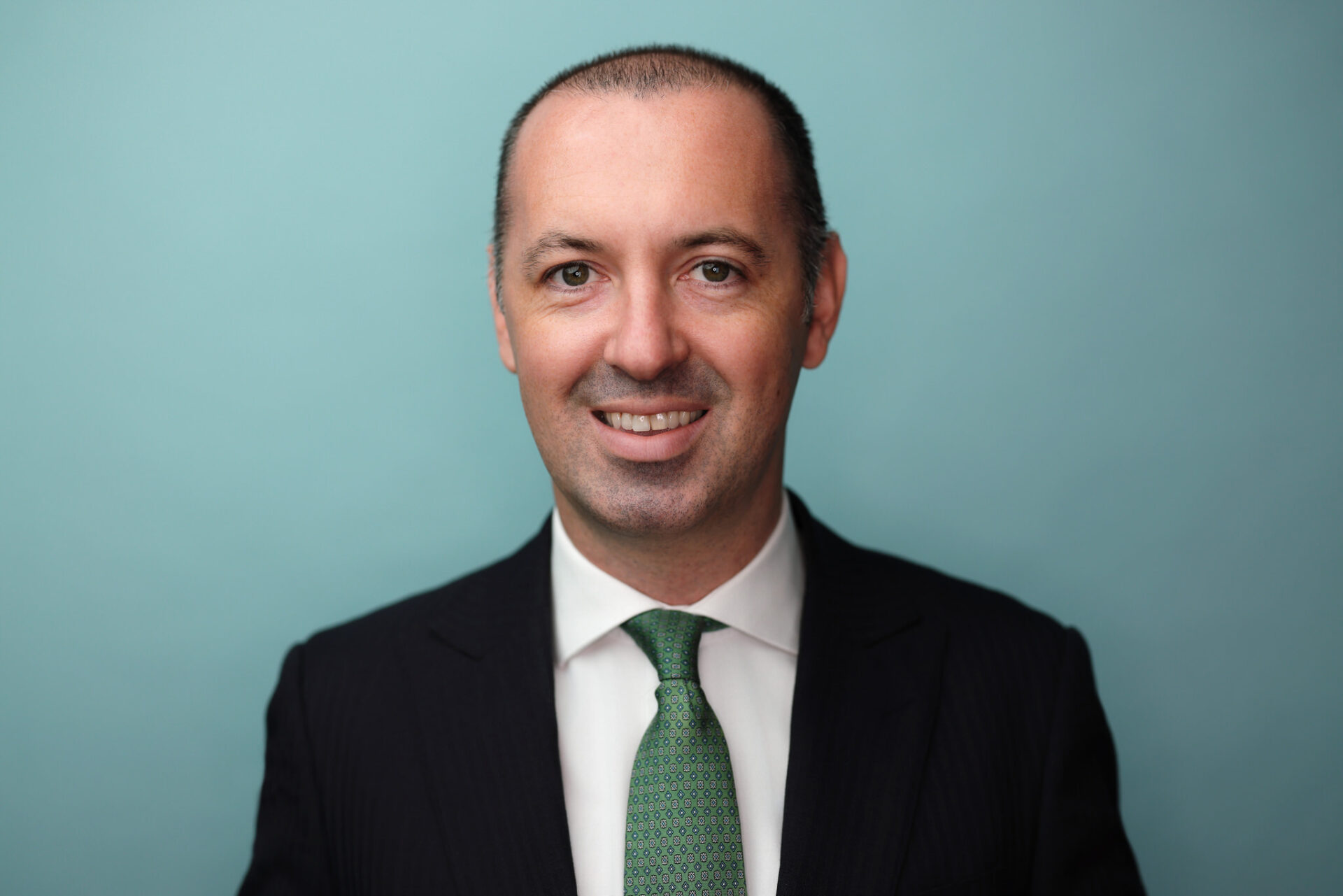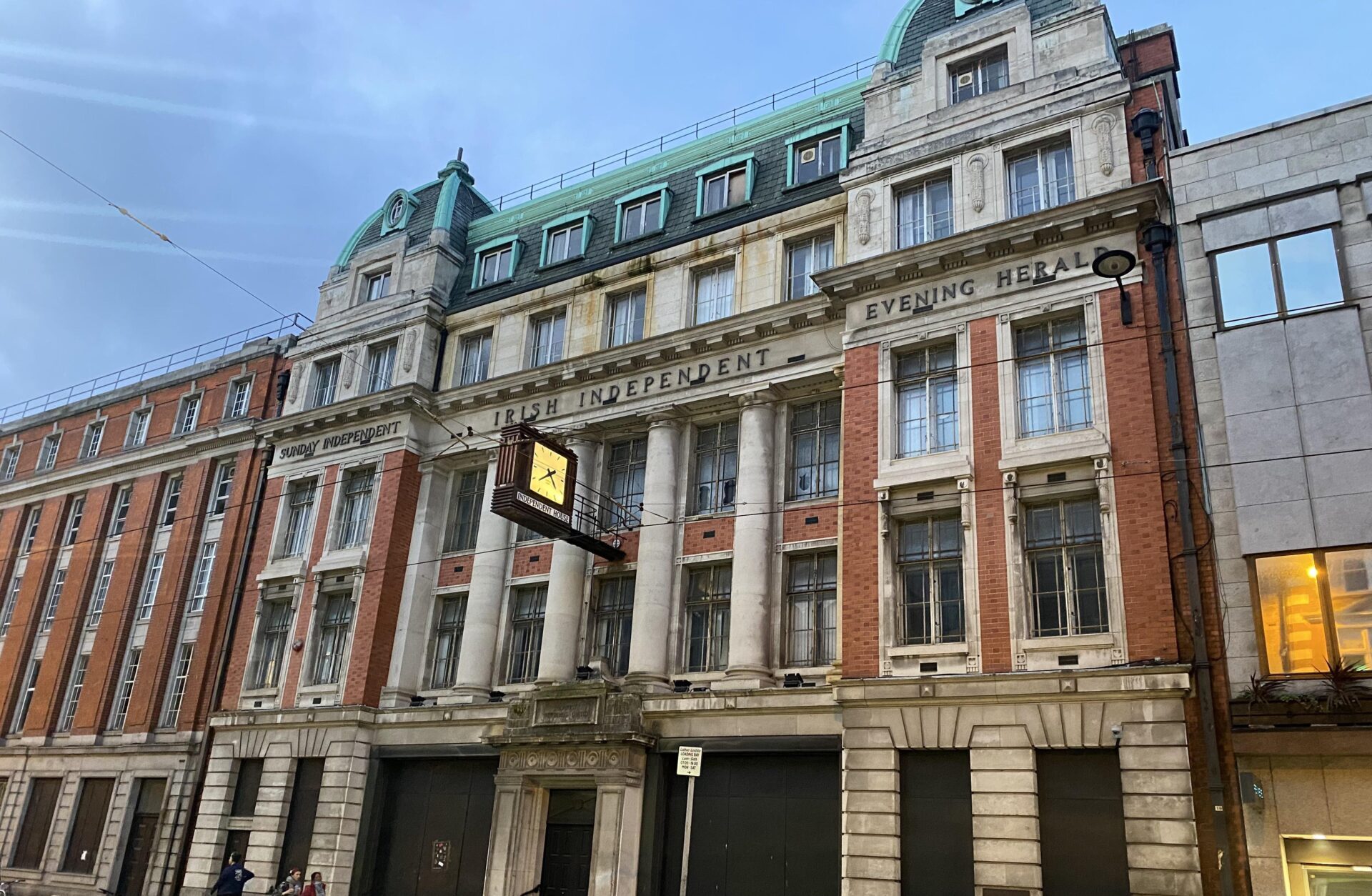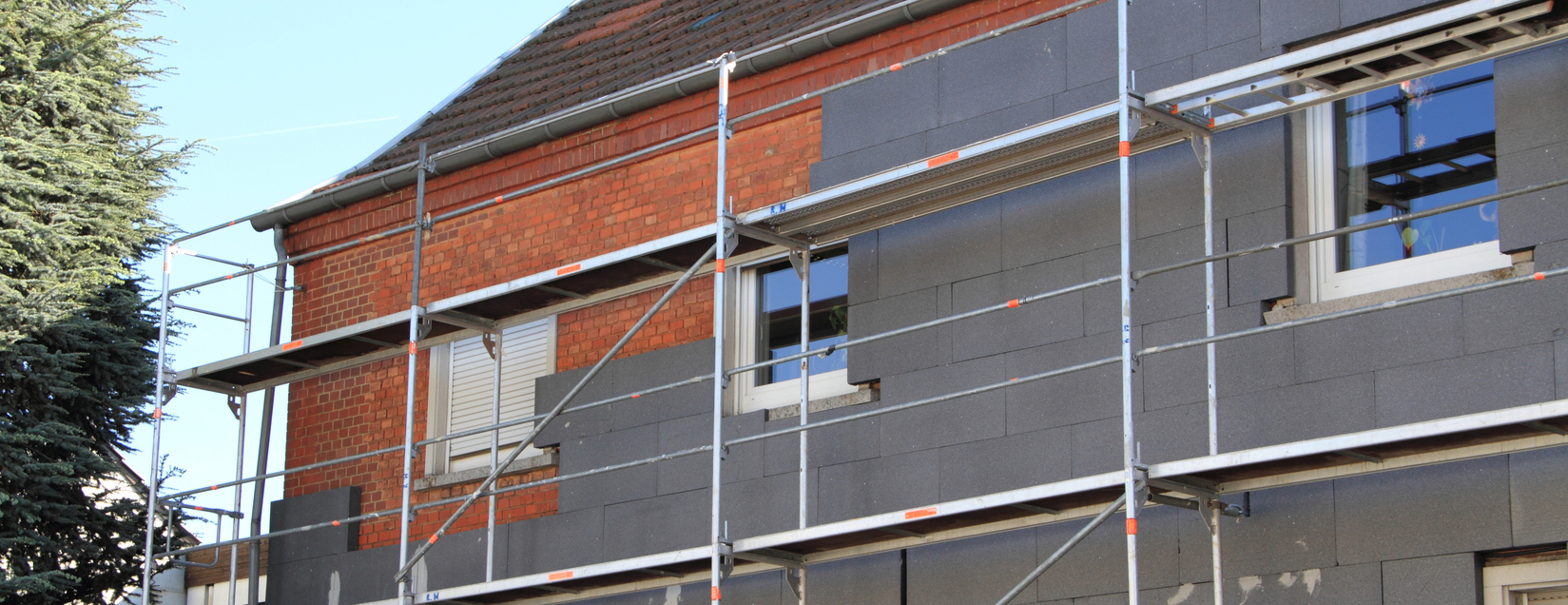The ‘build it and they will come’ mantra should be ringing in the ears of property funds given global trends
The life sciences property market has experienced significant growth in recent years, driven by the thriving pharmaceutical, biotech, and medical device sectors, particularly in a post-Covid economy.
Specialist funds have emerged across North America and the UK to take advantage of what has been the “on-trend” property segment. A dedicated Reit was raised on the London market, Life Sciences REIT, and specialist developers, and retro-fitters have emerged, especially in high value locations like the Boston/Cambridge are in Massachusetts, the San Francisco Bay area and the Oxford-Cambridge-London triangle.
Ireland has yet to see a trend emerge, but the potential returns look attractive, as does the occupier base already located here.
This is especially the case when one considers how Ireland is already a global hub for life sciences, with nine of the top 10 pharmaceutical companies in the world operating in the country. The presence of multinationals such as Pfizer, Johnson & Johnson, and Medtronic has created strong demand for specialised property, particularly in terms of manufacturing facilities, laboratories, and research and development (R&D) spaces.
Yet, dedicated, and specialist property investors to serve this demand have yet to emerge at scale. There is an economic cost to such a deficit, as ‘build it and they will come’ is a mantra which remains firm in many regional markets where development margins are thin, yet occupier demand is strong.
Ireland’s strategic location, highly skilled workforce, favourable corporate tax rates, and supportive regulatory environment have made it an attractive destination for foreign direct investment in life sciences. The industry also benefits from government support, with organisations like the IDA and Enterprise Ireland actively promoting investment in the sector.
Support is less on the property investor or developer side, where high entry costs (such as 7.5 per cent stamp duty on commercial property) and rising build costs are a major disincentive.
The market in Ireland is characterised by a high demand for facilities in key locations such as Dublin, Cork, Galway, and Limerick, all of which offer access to established research institutions. Business parks and industrial estates in these areas should be seeing substantial development to cater to the sector’s growth, but new supply is challenged by viability and the ability to attract institutional and international capital.
Major specialists are now beginning to emerge in the UK, some of whom may spill over into Ireland as funds allow.
One business that has been successfully expanding its platform in the UK is Mission Street with a development, and re-development portfolio perfectly situated in the London-Oxford-Cambridge triangle. Mission Street is pushing ahead with a 1 million square foot development on a 23-acre site in central Cambridge. This will be one of the largest science and research parks in Europe and is likely to draw major attention to the sector.
Opportunities
However, the firm everyone looks to as the “north star” for labs is BioMed Realty, a US-listed firm taken private by Blackstone in 2016. BioMed now owns and operates 15.9 million square feet concentrated in leading innovation markets throughout the USA and UK, including Boston, Cambridge (Massachusetts) San Francisco, San Diego, Seattle, Boulder and Cambridge (England).
In Cambridge, through partnerships with the likes of the world-famous Babraham Institute and Granta Park, home to Astra Zeneca, where it is expanding with significant new space, BioMed is the most significant player in the city – seen as a steward by the science community for its efforts in creating community and building social value.
Biomed was instrumental in shaping the concept of the life science ecosystem, where proximity to academic institutions, universities and major firms enable each to plug into the global ecosystem created by the firm’s US presence and its global occupier base.
Fine Grain Property, an Irish-Singaporean investor led by Colin MacDonald, has been one of the pioneers looking at opportunities in this burgeoning segment.
It’s “innovation” parks, one of which is next to the University of Limerick, another at Westpark in Shannon, and at Citywest in West Dublin, all partially fit the mould. But like with many investors focusing on Ireland, the availability of the right product is the challenge, rather than appetite.
There are options for existing office and industrial properties to be customised for life sciences companies, incorporating necessary features like clean rooms, controlled environments, and advanced power and water systems. But there is only so much that can be adapted before the lack of new build space weighs on the ability to attract occupiers.
Elements of this challenge have been international. The United States market has not covered itself in glory in recent years, with a number of high-profile defaults, but Europe is different. The UK has also seen a surge of specialist investors, with a deep understanding of the sector, and teams drawn from medical specialists. This followed established lessons from the US, but also learned from its challenges.
The American life sciences property market has boomed over the last 10 years, fuelled by a combination of low interest rates and substantial investment from venture capitalists.
While there have been some high-profile failures, such as the Theranos scandal, there have been notable breakthroughs. This has led to a surge in development, not only in core markets such as Massachusetts, but also in coastal markets like San Francisco and San Diego, and around Connecticut and New York.
Excess Supply
One of the challenges, however, has been that the excess supply across North America coincided with a structural adjustment within the technology and venture capital sectors, which occurred when interest rates rose.
This immediately cut off the flow of venture capital funding, which had been essential for some of these cash-hungry life sciences businesses that often do not generate profits until the latter part of their first decade. As a result, many life sciences firms have struggled to secure Series B and Series C fundraising rounds, causing their once insatiable demand for space to dry up. This has led to an oversupply of space just as office vacancies have been rising, creating more than just a headache for numerous investors and lenders.
The situation across Europe, however, is markedly different.
Firstly, the market for life sciences real estate is much more nascent in terms of supply.
Secondly, the depth of venture capital markets for funding life sciences businesses is far shallower while direct government supports and subsidies are more generous.
Thirdly, the capital markets for funding property are more fragmented and less deep as well.
Fourthly, the scale at which these businesses must operate is considerably smaller than that in the United States or China.
Put simply, if you are a business based in Dublin, London, or in Switzerland, while you may be able to serve a domestic market or a domestic healthcare provider such as the NHS or the HSE, this pales in comparison to the opportunities available in serving North America.
This means that if you are a venture capitalist investing in drug discovery, diagnostics, or any other scientific field, your first point of call will often be the United States, with its well-capitalised Nasdaq exchange. As a result, when it comes to property, there is not the same oversupply of space that exists across North America, nor the same funding and supply crisis as seen in the USA.
There remains a significant opportunity to create new space and to fill it with exciting start-ups and scale-up businesses. Ireland could be at the forefront of this.



